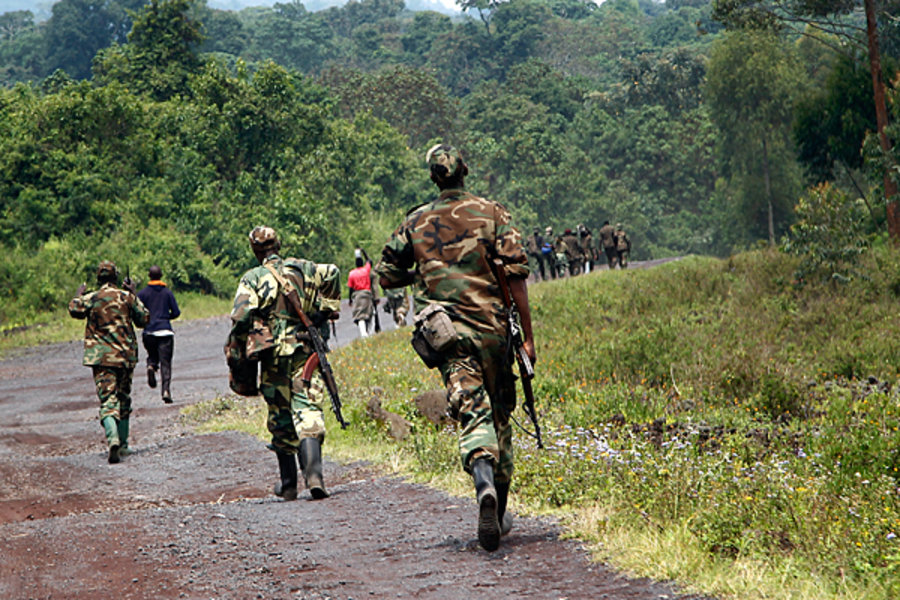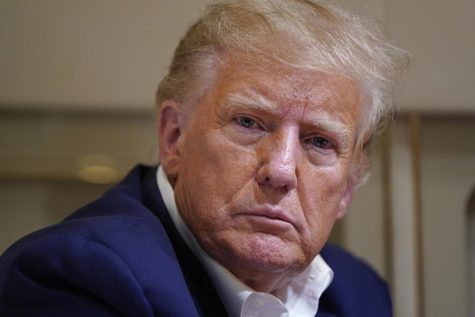Crisis in the Congo
October 24, 2020
Dating back to the late 1800s, citizens of the Democratic Republic of the Congo (DRC) have been victims of a targeted genocide. From being ruled by a sadistic king to being exploited by greedy western businessmen, the Congolese people have not experienced peace for most of their existence as a country. Beginning with King Leopold II, 10-15 million Congolese people were brutally killed, making it one of the bloodiest atrocities in modern history. Now, in the 21st century, the DRC is experiencing the same type of brutalities in the name of natural resources.
With the world’s largest reserve of coltan, a critical mineral in creating electronic devices and producing other innovative technological advancements, the DRC has always been seen to the rest of the world as a gold mine. Hoping to capitalize on the country’s supply of coltan and other natural resources, large western powers such as the United States and the United Kingdom have provided military and financial aid to smaller surrounding countries such as Rwanda and Uganda to invade the DRC. This weakens the country’s military defenses and has resulted in a general destabilization of the country while simultaneously wiping out a large portion of the Congo’s population. However, despite the increase of violence and conflict, multinational mining companies and western influence are the primary source of these atrocities.
In 1946, the United States passed the Strategic Minerals Stockpiling Act to obtain and stockpile cobalt. Noting it as a strategic and critical mineral to the country’s aerospace, military and defense industries, the United States essentially gave other western nations and multinational corporations the green light to use the DRC for their mineral needs. Described as the “engine of the conflict” by the United Nations, multinational corporations, specifically those in the mining industry, have contributed to over six million people counting who have died while working in these inhumane conditions. Men, women, and children are forced to work long days; they are raped, tortured, starved, displaced, and sometimes killed in the name of profit that they will never reap the benefits from. Even as early as September of this year, miners in the eastern DRC were killed when three small scale gold mines collapsed. However, despite the Congolese people’s continuous protests to the conditions they are forced to work in and the exploitation of both themselves as workers and their country for its resources, the media has stayed silent.
In terms of media coverage, the violence and rising death toll of the Congolese people result from rebel groups both from within the country and their neighbors. Using the imperialistic theory that African people are prone to violence and need outside help from organizations such as the United Nations to control them, the media has played a vital role in covering up the genocide in the Congo. Moreover, in their biased coverage, most media outlets have done little to expose the foundation of DRC violence. Yes, these rebel groups are indeed committing mass atrocities against Congolese people, but leaving out the part where western powers such as the U.S. and the U.K. are funding, training, and arming these groups perpetuating the narrative that the people of the Congo somehow did this to themselves. From coup d’etats to assassinations of prominent Congolese leaders, the west has strategically found ways to destabilize the region, creating a cycle of violence that they profit from directly.
History shows us that western nations, especially those heavily involved in imperialism, have problems exploiting another group of people or countries for profit. The west’s sinister past with the Congo cannot continue to be swept under the rug by government leaders and the media.
With 48 women being raped every hour and over six million dead, over half of which are children under the age of 5, according to Congojustice.org, the silent genocide in the DRC can no longer be ignored. They have been rendered silent and forced to bend to the will of their masters, and for that, we must stand for them. In times like this, it’s crucial we must all remind ourselves of the saying, “slavery never ended; it was just redesigned.”











![In a speech from the White House, he explained that the Department of Education would “forgive $10,000 in outstanding federal student loans” and that Pell Grant recipients would “have their debt reduced [by] $20,000.” Only those making less than $125,000 a year would qualify for this relief.](https://asuhornettribune.com/wp-content/uploads/2022/11/J-Biden-475x255.jpg)

